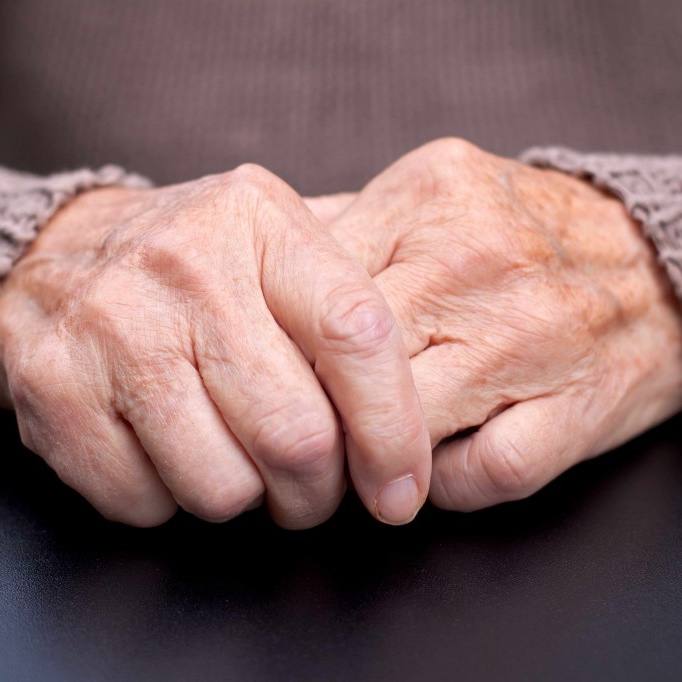Scientists are studying why tick-borne infections, including Lyme disease, are on the rise and why ticks are expanding into new geographic areas.
Lyme disease, the most common tick-borne infection, is caused by the bacteria Borrelia burgdorferi and Borrelia mayonii. It's transmitted by the bite of an infected blacklegged tick, previously known as a deer tick.
The Northeast and Upper Midwest are hot spots for Lyme disease, though there are other parts of the U.S. and the world where people have been infected.
Dr. Bobbi Pritt, director of the Clinical Parasitology Laboratory at Mayo Clinic, says it's important to know what to look for and what to do if you are exposed to Lyme disease.
Journalists: Broadcast-quality video (1:00) is in the downloads at the end of this post. Please courtesy: "Mayo Clinic News Network." Read the script.
You spend a lot of time outdoors, remove an engorged deer tick from your skin and a few days later notice a rash.
"Patients may present with a rash at the site of the tick bite, and it's classically a bull's-eye rash, although not always," says Dr. Pritt.
It might be time for medical intervention.
Lyme disease is treated with courses of antibiotics. The earlier you treat it, and the earlier you catch the infection and treat it, the better.
Dr. Pritt says that left untreated, symptoms may progress to "disseminated rashes, joint pain, arthritis and even neurologic involvement. And they can even have one-sided facial paralysis called Bell's palsy."
Prevention is the best medicine.
"Wearing permethrin sprayed on clothing also will repel and even kill ticks. And then just covering up with clothing so that the ticks can't get to your skin," says Dr. Pritt. "If you tuck your pants into your socks, you're taking away an avenue for ticks to get to your legs to bite you."
Related posts:
For the safety of its patients, staff and visitors, Mayo Clinic has strict masking policies in place. Anyone shown without a mask was either recorded prior to COVID-19 or recorded in a nonpatient care area where social distancing and other safety protocols were followed.
Related Articles







